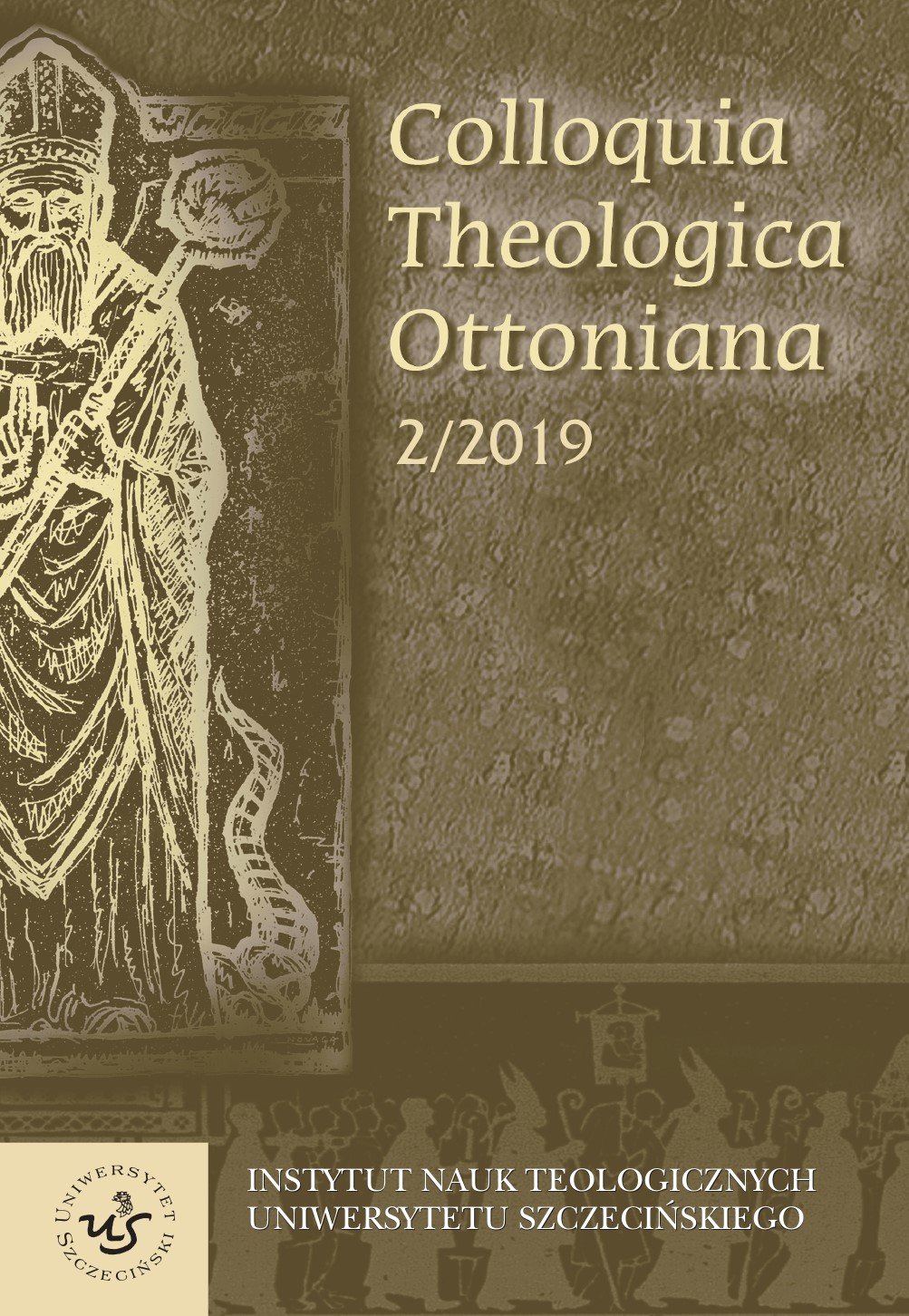Ingerencje władz państwowych w sprawowanie kultu publicznego na przykładzie działań zielonogórskiej administracji wyznaniowej wobec Kościoła gorzowskiego w latach 1945-1972
Interventions of state authorities in the exercise of public worship on the example of the activities of the religious administration of Zielona Góra against the Gorzów Church in 1945–1972
Author(s): Dariusz MazurkiewiczSubject(s): Christian Theology and Religion, Theology and Religion
Published by: Wydawnictwo Naukowe Uniwersytetu Szczecińskiego
Keywords: Bureau for religious affairs; Gorzów Church; public worship; freedom of conscience and religion
Summary/Abstract: After World War II, the state authorities of the People’s Poland in a planned way departed from the principle of ideological neutrality of the state. In its place came the thesis stating the need for far-reaching intervention in matters of conscience and religion of citizens. As a result, the communist authorities tried to interfere in both human consciences and impede the exercise of the right to public profession of faith. The Bureau for religiousaffairs established in 1950 played a special role in the denominational policy of the state. His real task was to oversee and fight the Catholic Church and other denominations. He did not run an independent policy, but performed the tasks assigned by the political bureau of the Central Committee of the PZPR. In voivodeships, in turn, policy towards religion was implemented by departments for religious affairs. The department in Zielona Góra,among many actions aimed at the functioning of the Gorzów Church, interfered in the exercise of public worship. His actions consisted in hindering pilgrimages, services and celebrations. The apogee of the department’s hostile actions towards the Church occurred during the peregrination of the image of Our Lady of Częstochowa and the millennium of the baptism of Poland, when by all possible and often unlawful methods, religiousadministration employees tried to prevent the participation of the faithful in services. The repression used against the clergy and lay faithful did not bring the expected results. The externalized forms of religiosity could not be removed from the public space, what is more, attempts to interfere in the performance of public worship not only did not result in atheisation of society, but resulted in even greater participation of the faithful in religiousceremonies.
Journal: Colloquia Theologica Ottoniana
- Issue Year: 2019
- Issue No: 2
- Page Range: 35-55
- Page Count: 21
- Language: Polish

